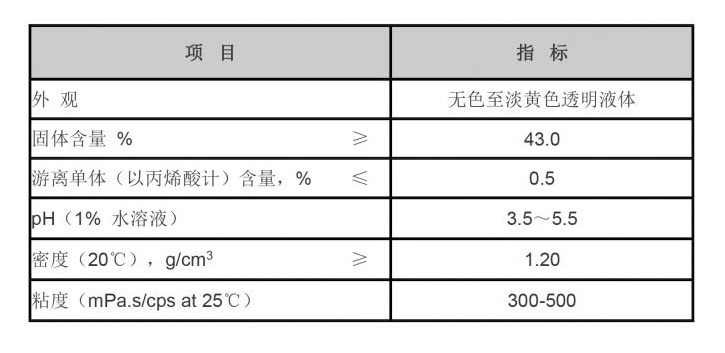Sodium Content in Polyaspartic Acid and Its Implications for Applications
The Role of Sodium in Polyaspartic Acid Understanding Its Importance and Applications
Polyaspartic acid, an amino acid-based polymer, has gained significant attention in various fields, from environmental science to biomedical applications. One of the crucial components in the study and application of polyaspartic acid is sodium, which plays an essential role in enhancing the properties and functionalities of this biopolymer.
Structure and Properties of Polyaspartic Acid
Polyaspartic acid is a polymer formed from the polycondensation of aspartic acid, an amino acid commonly found in proteins. Its structure is characterized by the repetition of the aspartate unit, which can be modified by various means to improve its properties. When sodium ions are introduced into the polyaspartic acid structure, it results in sodium polyaspartate, which exhibits unique characteristics that make it suitable for diverse applications.
Sodium acts as a counterion in sodium polyaspartate, which can increase the solubility of the polymer in aqueous solutions. This enhanced solubility is particularly useful in various industrial applications, including water treatment and the formulation of biodegradable materials. The incorporation of sodium also influences the viscosity and stability of the polymer, allowing it to function efficiently in different environments.
Applications of Sodium Polyaspartate
1. Water Treatment One of the prominent applications of sodium polyaspartate is in the water treatment industry. Its ability to act as a dispersant and scale inhibitor makes it invaluable in preventing deposit formation in water systems. This property is crucial in cooling towers, boilers, and other industrial water systems, where mineral deposits can severely impair efficiency and lead to costly maintenance.
sodium of polyaspartic acid

2. Agriculture In agriculture, sodium polyaspartate is used as a polymeric plant growth promoter. It enhances soil moisture retention, helping to reduce water usage and increase plant growth. This application is particularly beneficial in arid regions where water scarcity is a significant concern.
3. Biomedical Applications The biocompatibility of sodium polyaspartate makes it suitable for various biomedical applications. It can be used in drug delivery systems, where its ability to encapsulate and release therapeutic agents in a controlled manner is advantageous. Additionally, sodium polyaspartate is being explored in tissue engineering and regenerative medicine, owing to its favorable interactions with biological systems.
4. Cosmetics and Personal Care Sodium polyaspartate is also increasingly utilized in cosmetic formulations. Its moisturizing properties help improve skin texture and hydration, making it a popular ingredient in lotions, creams, and serums. The polymer's film-forming capabilities provide a protective barrier, enhancing product performance.
Environmental Impact
An essential aspect of sodium polyaspartate that sets it apart from conventional synthetic polymers is its environmental friendliness. Derived from natural amino acids, polyaspartic acid is biodegradable and poses minimal harm to ecosystems. As industries and consumers alike strive for sustainable and environmentally responsible solutions, sodium polyaspartate stands out as a promising alternative to traditional petrochemical-based products.
Conclusion
In summary, sodium plays a pivotal role in enhancing the functionality of polyaspartic acid, leading to the development of sodium polyaspartate. Its diverse applications across water treatment, agriculture, biomedicine, and cosmetics highlight the versatility and importance of this biopolymer. As the world increasingly focuses on sustainability and eco-friendliness, sodium polyaspartate positions itself as a key player in the transition towards greener alternatives, underscoring the value of understanding the relationship between sodium and polyaspartic acid. Through continued research and development, the full potential of sodium polyaspartate can be unlocked, paving the way for innovative solutions to contemporary challenges.
-
Water Treatment with Flocculant Water TreatmentNewsJun.12,2025
-
Polymaleic AnhydrideNewsJun.12,2025
-
Polyaspartic AcidNewsJun.12,2025
-
Enhance Industrial Processes with IsothiazolinonesNewsJun.12,2025
-
Enhance Industrial Processes with PBTCA SolutionsNewsJun.12,2025
-
Dodecyldimethylbenzylammonium Chloride SolutionsNewsJun.12,2025





